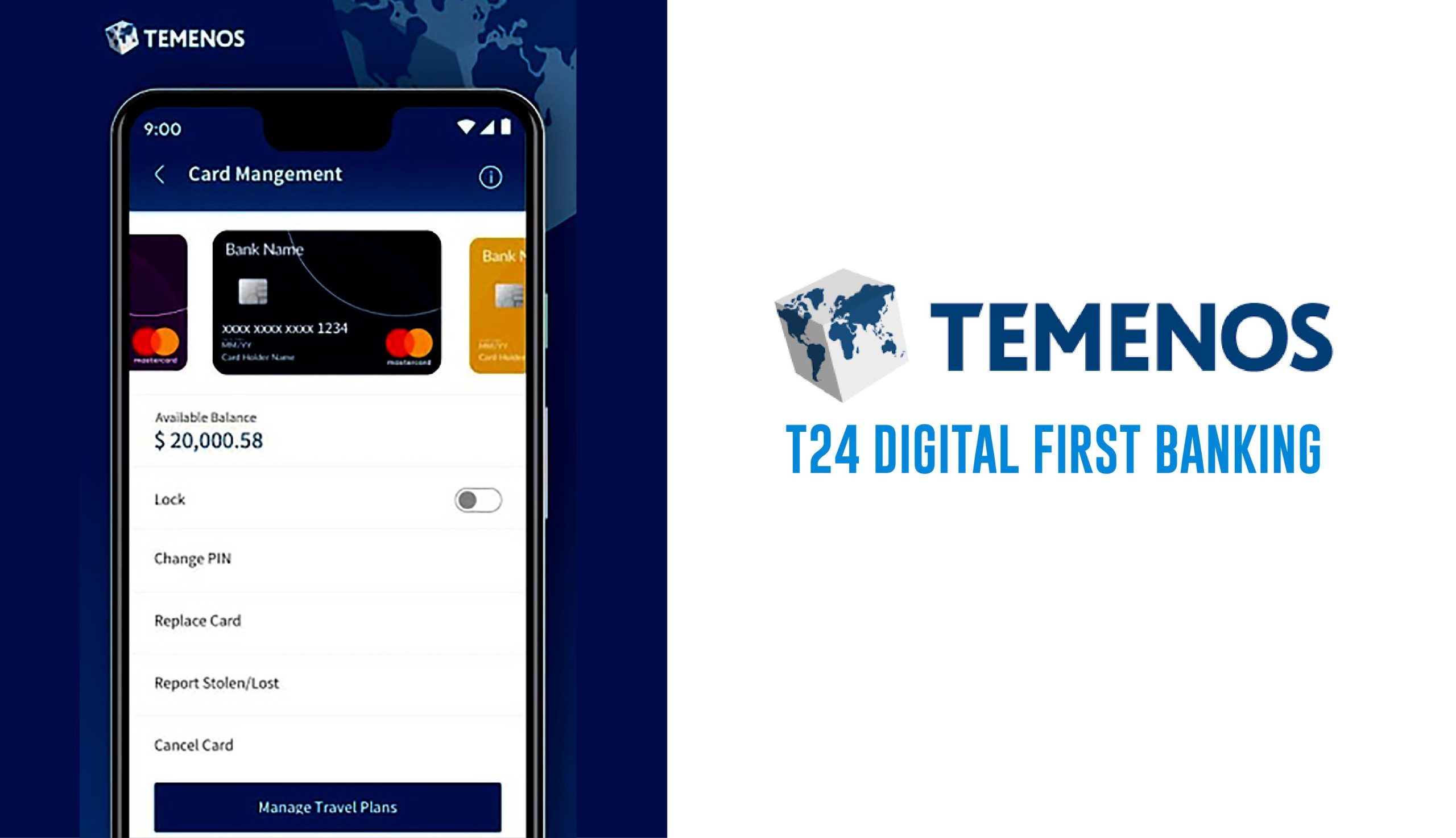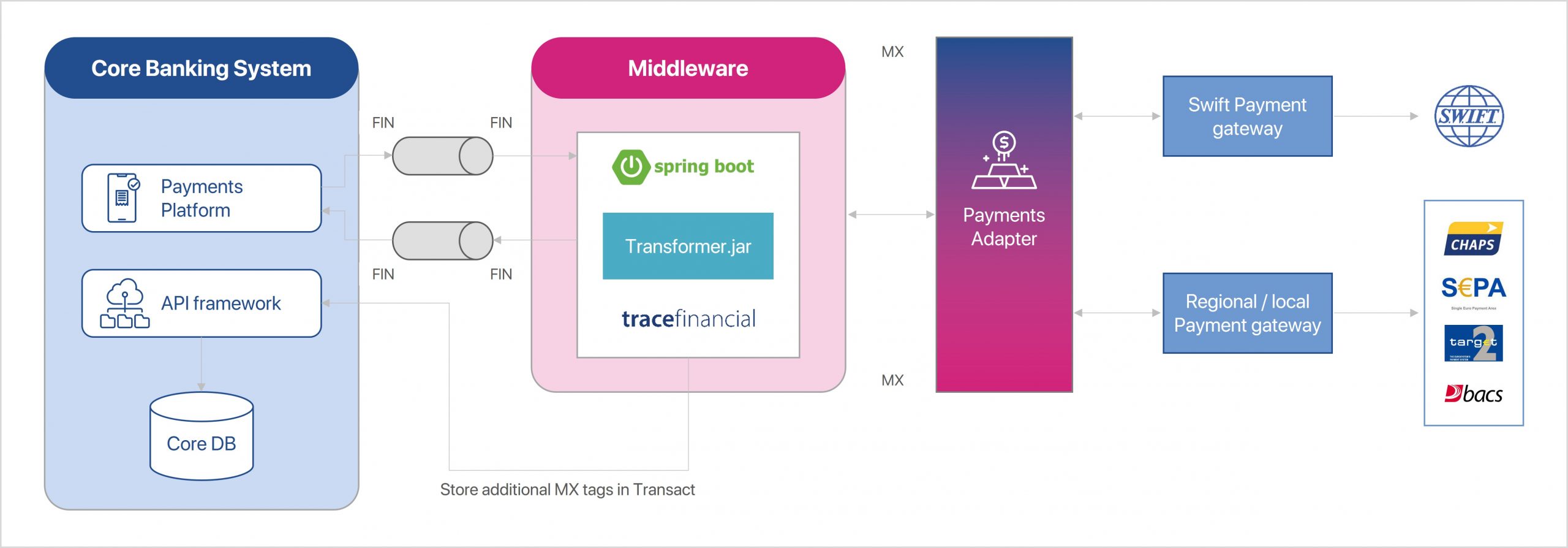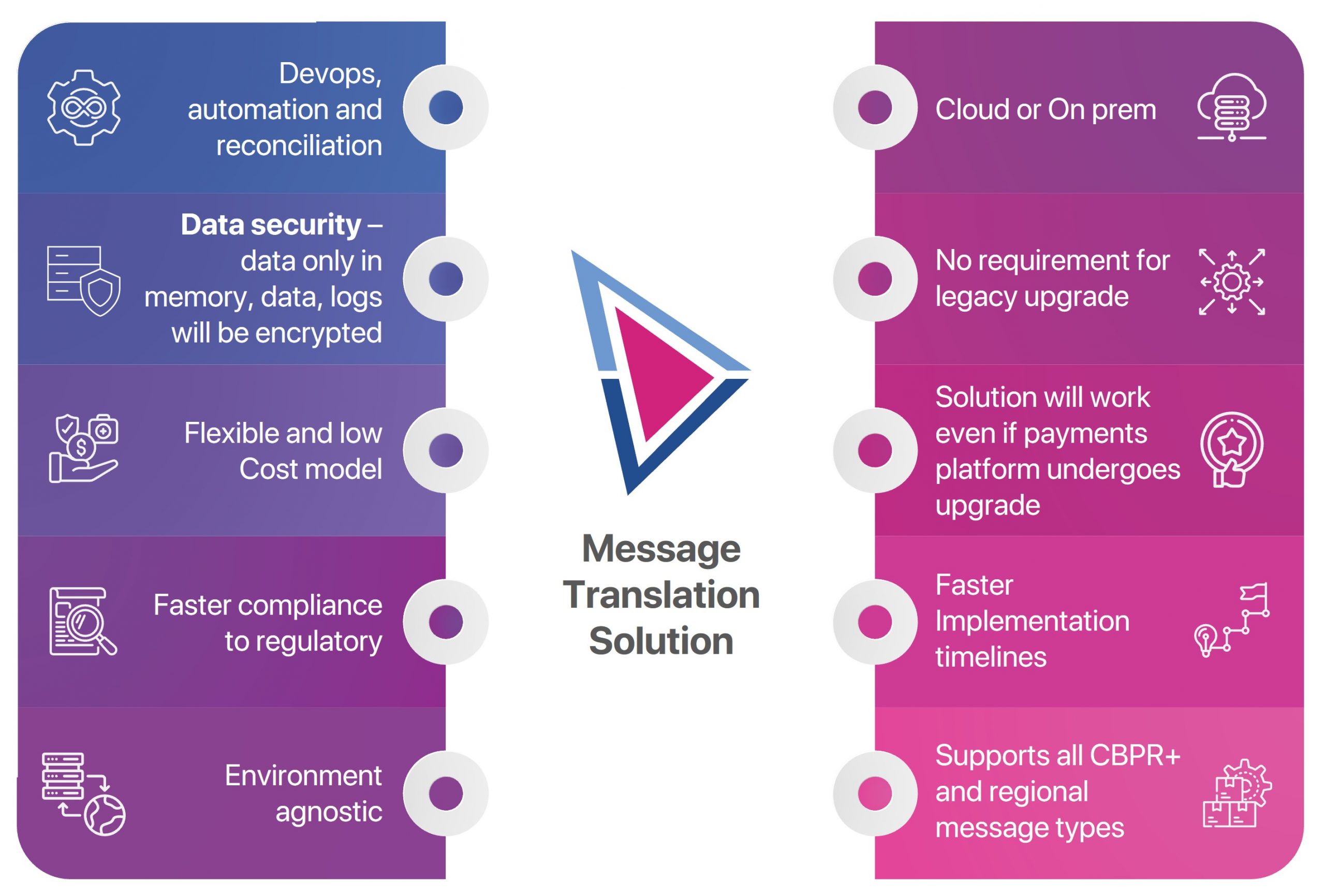Leveraging Temenos T24 for Digital-First Banking

In the dynamic banking landscape, digital transformation has become imperative for staying competitive and relevant. One name that consistently emerges as a game-changer in this realm is Temenos, with its suite of products, particularly Temenos T24. In 2024, the significance of Temenos in driving banking transformations is more pronounced than ever. Let’s delve into how Temenos T24 is reshaping the future of banking, supported by recent statistics and illustrative examples from leading financial institutions.
The Crucial Role of Temenos Suite of Products in Banking Transformations
Temenos has established itself as a leader in providing innovative and transformative solutions for the banking industry. Recent statistics underscore the increasing adoption of Temenos products globally. According to a report by Forrester, banks leveraging Temenos T24 have experienced an average increase of 20% in operational efficiency and a 15% improvement in customer satisfaction over the past year.
Leading banks worldwide are turning to Temenos to navigate the complexities of digital transformation. For instance, Barclays, a global financial powerhouse, successfully implemented Temenos T24 to modernize its core banking systems. This overhaul enhanced Barclays, offering customers a seamless and personalized digital banking experience. Such examples emphasize the pivotal role of Temenos in enabling banking institutions to adapt and thrive in the digital age.

Unlocking Potential: Features, Benefits, and Advantages of Temenos Suite of Products
Temenos T24: A Core Banking Powerhouse
At the heart of Temenos’ offerings lies T24, a core banking system that serves as the linchpin for digital-first banking. Its modular and scalable architecture empowers banks to streamline their operations, reduce time-to-market for new products, and enhance efficiency. One of the standout features of T24 is its ability to support a wide array of banking products and services, from retail banking to wealth management, providing a comprehensive solution for diverse financial institutions.
Temenos Banking: A Holistic Approach to Digital Transformation
Temenos Banking, a comprehensive suite covering various aspects of banking operations, complements T24 seamlessly. The suite encompasses digital banking, analytics, risk and compliance, and wealth management solutions. Take, for instance, DBS Bank in Singapore, which leveraged Temenos Banking to revamp its digital banking services. The result was a user-friendly, omnichannel experience that positioned DBS as a digital leader in the competitive Asian market.
Integration Capabilities and Open Banking
Temenos T24’s open architecture facilitates smooth integration with third-party applications and APIs, enabling banks to embrace open banking principles. This capability proved instrumental for Standard Chartered, which utilized Temenos T24 to integrate with various fintech partners. The result was a comprehensive ecosystem that offered customers a wide range of financial services within a unified platform.
Scalability and Cloud-Readiness
As banking landscapes evolve, scalability and cloud-readiness are paramount. Temenos T24’s cloud-native architecture allows banks to scale their operations effortlessly while ensuring robust security. Bank of Shanghai, for instance, seamlessly transitioned to a cloud-based infrastructure using Temenos T24. This not only enhanced their operational agility but also reduced infrastructure costs significantly.
Best Practices and Ways Ahead for Temenos in 2024
In conclusion, embracing Temenos T24 and the suite of products is not merely an option but a strategic imperative for banks in 2024. As the digital transformation journey accelerates, both legacy and challenger banks should consider the following best practices to harness the full potential of Temenos solutions:
1. Comprehensive Training and Change Management:
Implementing Temenos requires a shift in organizational mindset and processes. Comprehensive training programs and effective change management strategies ensure a smooth transition and maximize the platform’s benefits.
2. Strategic Roadmap for Digital Transformation
Develop a clear roadmap aligning with business goals. Identify critical milestones and prioritize initiatives to achieve a phased and successful digital transformation journey.
3. Collaboration with Fintech Ecosystem:
Leverage Temenos’ open banking capabilities to collaborate with Fintech partners. This fosters innovation and enhances the range of services offered to customers.
4.Continuous Monitoring and Adaptation:
The digital landscape is ever-changing. Regularly monitor industry trends, regulatory changes, and customer preferences to adapt Temenos solutions accordingly.
As we navigate the complexities of modern banking, Temenos stands as a reliable partner for those aiming not to survive and thrive in the digital-first era. The amalgamation of cutting-edge technology, proven solutions, and a commitment to innovation positions Temenos as a cornerstone for the future of banking
About Maveric Systems
Established in 2000, Maveric Systems is a niche, domain-led, BankTech specialist, transforming retail, corporate, and wealth management digital ecosystems. Our 2600+ specialists use proven solutions and frameworks to address formidable CXO challenges across regulatory compliance, customer experience, wealth management and CloudDevSecOps.
Our services and competencies across data, digital, core banking and quality engineering helps global and regional banking leaders as well as Fintechs solve next-gen business challenges through emerging technology. Our global presence spans across 3 continents with regional delivery capabilities in Amsterdam, Bengaluru, Chennai, Dallas, Dubai, London, New Jersey, Pune, Riyadh, Singapore and Warsaw. Our inherent banking domain expertise, a customer-intimacy-led delivery model, and differentiated talent with layered competency – deep domain and tech leadership, supported by a culture of ownership, energy, and commitment to customer success, make us the technology partner of choice for our customers.
View































